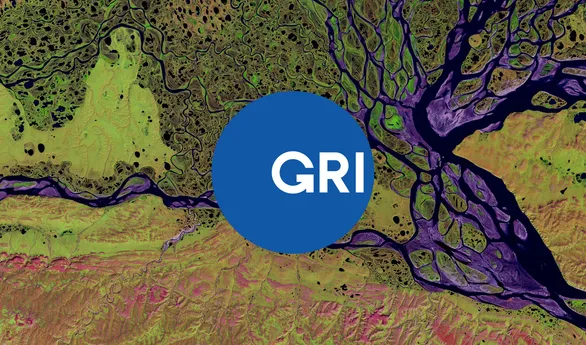The COP 29 climate conference in Azerbaijan has attracted much media attention, particularly for its outcomes on climate finance. Having attended COP26, and last year’s COP28, I have seen for myself how this event can bring people together to share perspectives that attendees may well be aware of on paper, but which take on a new resonance when those sharing them are brought face-to-face. This was once again the case in Baku, and while the conference may not have met everyone’s expectations, it resulted in noteworthy achievements that business leaders should be aware of.
COP 29: Key takeaways for business leaders

1. Landmark climate finance agreement
It’s important to acknowledge and listen to the disappointment of many developing nations at the agreement for wealthier states to provide $300 billion annually to them by 2035. However, this is nonetheless an historic step forward. Coming alongside an ambitious $1.3 trillion broader finance target, it represents a step-change in climate finance. This tripling of funding from developed nations sends a powerful signal to the private sector about the scale of investment needed. However, money alone is not enough. Any climate action must take a data-driven approach, to ensure transparency, effective analysis of results, and the ability to change course if circumstances change. The Baku to Belém Roadmap provides a framework for progress, but effective finance and governance must go hand-in-hand to realise its goals.
2. Multilateral development banks stepping up
Beyond the new climate finance goal, multilateral development banks pledged to boost climate finance to $120 billion annually by 2030. This strong financial backing for climate initiatives in low- and middle-income countries is a key component in achieving climate adaptation and mitigation, and I would expect it to inspire greater private-sector climate finance moving forwards. The combined momentum of these financial commitments creates unprecedented opportunities for business innovation in sustainable solutions.

3. Stronger national commitments signal a clearer path for businesses on climate action
I was pleased to see several governments and international organisations continuing to strengthen their commitments to achieving net-zero emissions by 2050. This gives businesses a much greater degree of certainty around the path ahead, and signals a clear expectation that they will need to take concrete actions to reduce their emissions within their own operations, as well as across their supply chains, products and services.
Businesses can now make data-driven plans for how they will integrate sustainability into their core strategies across all parts of the organisation. Central to this is adopting transparent reporting standards, and preparing for a future where climate risks and regulations are a fundamental plank of decision-making. Companies that fail to align with these expectations risk facing regulatory penalties, reputational damage, and missed opportunities in the emerging low-carbon economy.
Conclusion
The overarching message from COP29 is clear – the scale of climate finance is being increased, and efforts to fight climate change and adopt sustainable processes can and must be accelerated by governments, financial institutions and businesses alike. The new $1.3 trillion target by 2035 sets a much-needed bar for climate action. Whether it’s to protect the planet for future generations or to future-proof businesses and brands, we should all be motivated to act with the urgency and scale that these ambitious new targets demand.
Sweep can help
Sweep is a carbon and ESG management platform that empowers businesses to meet their sustainability goals.
Using our platform, you can:
- Conduct a thorough assessment of your carbon footprint.
- Get a real-time overview of your supply chain and ensure that your suppliers meet your sustainability targets.
- Reach full compliance with the CSRD and other key ESG legislation in a matter of weeks.
- Ensure your sustainability information is reliable by having it verified by a third party before going public.



